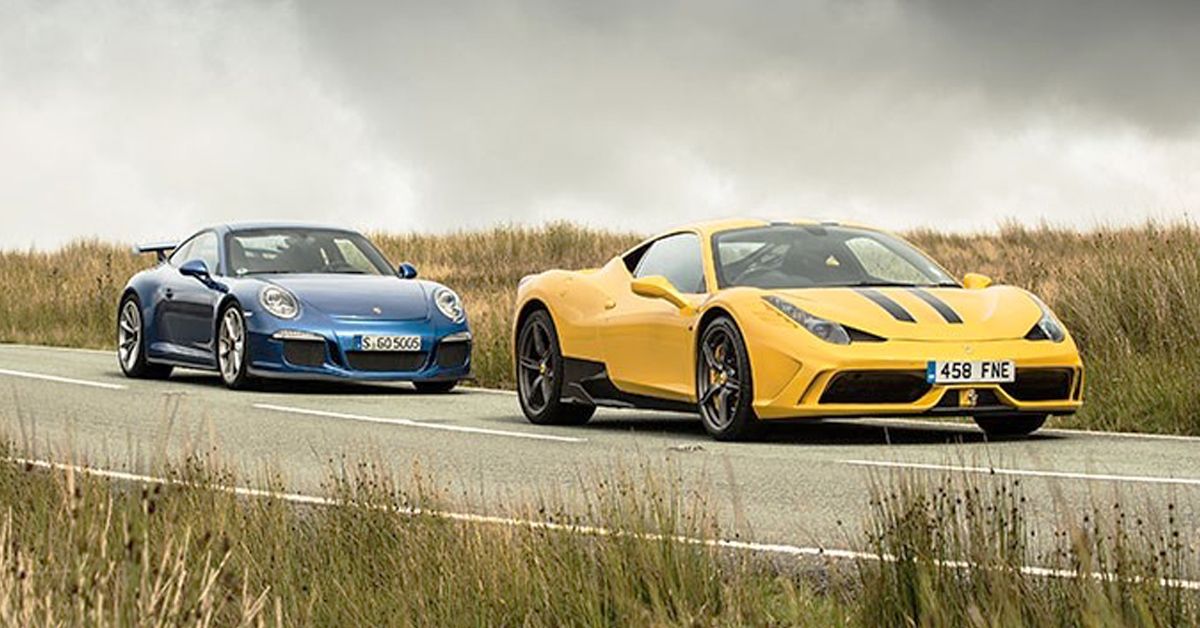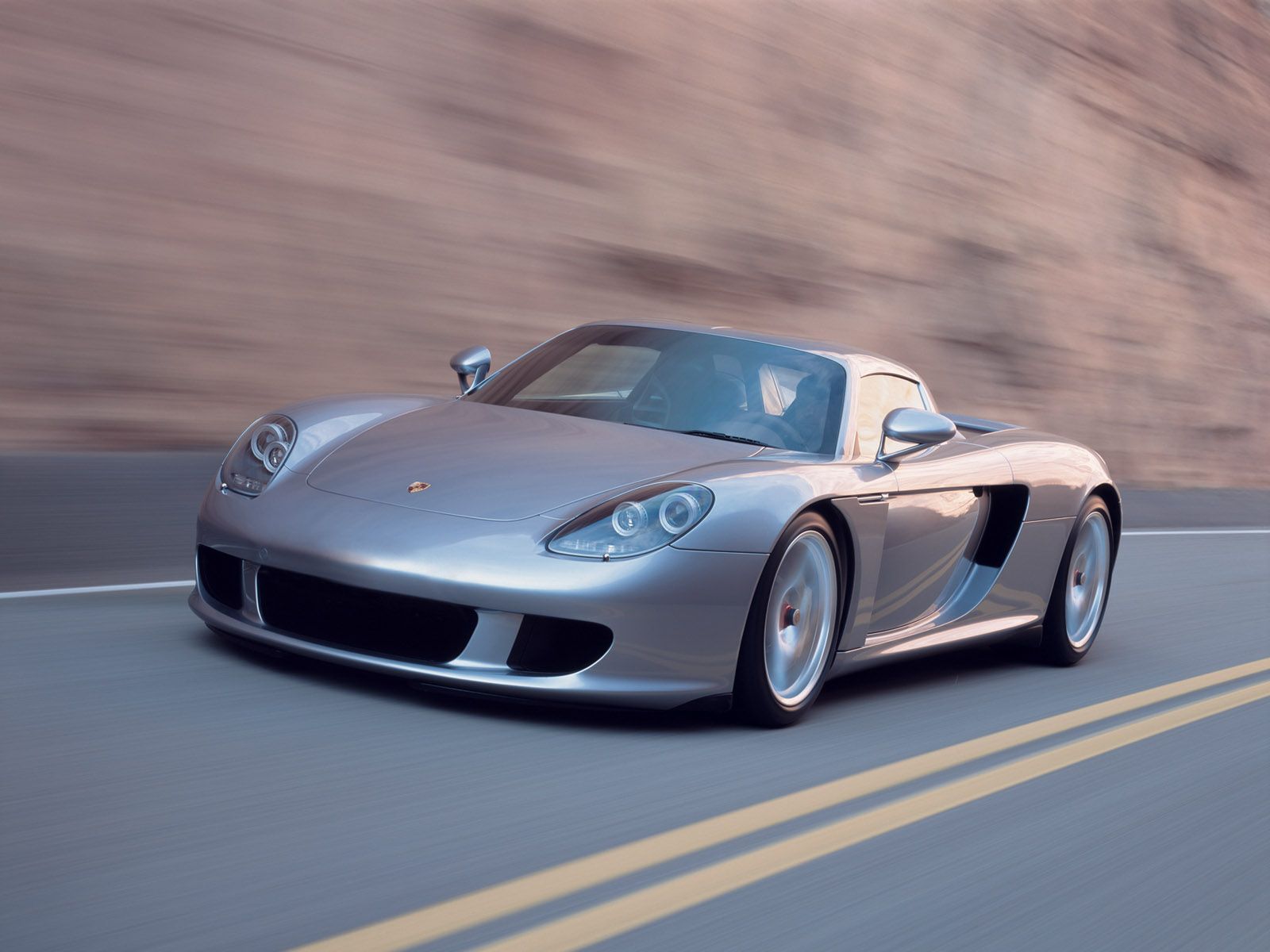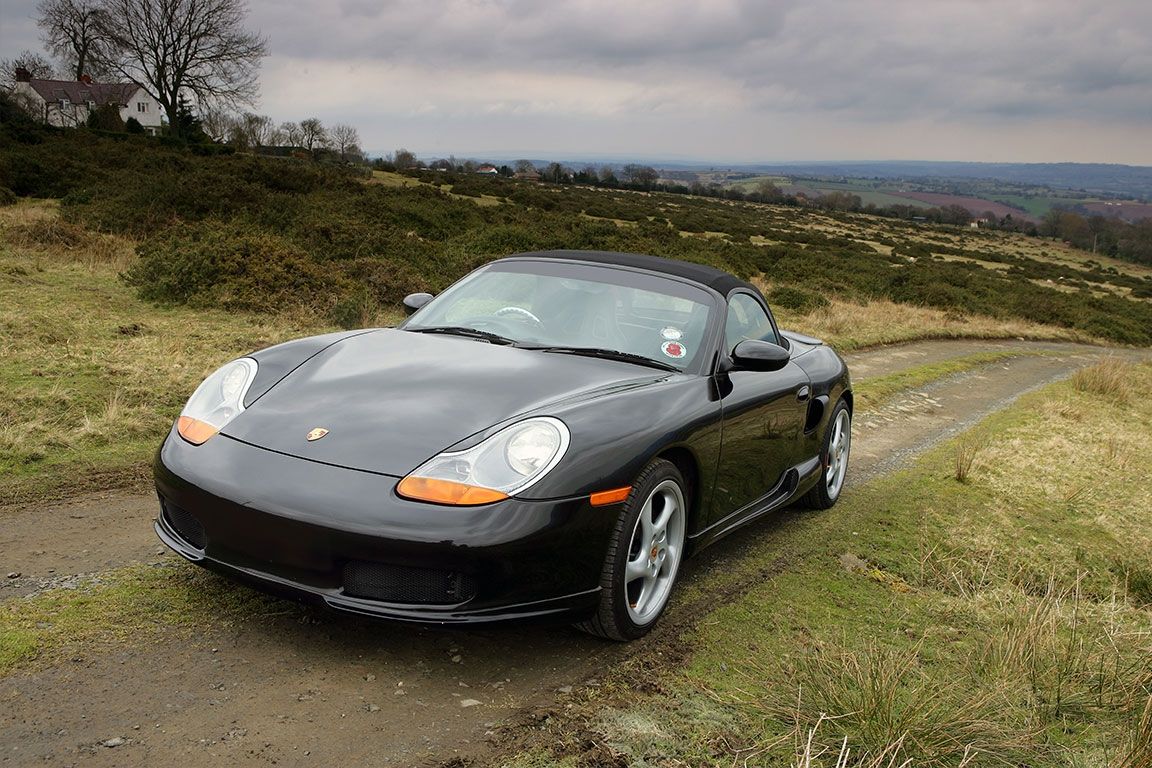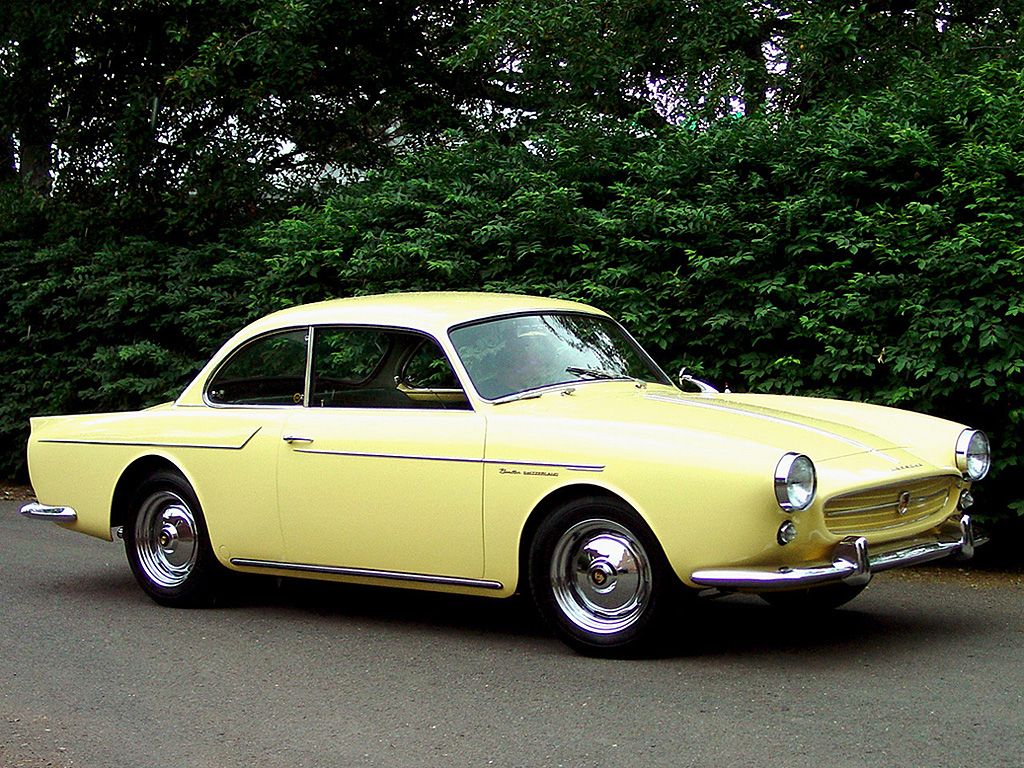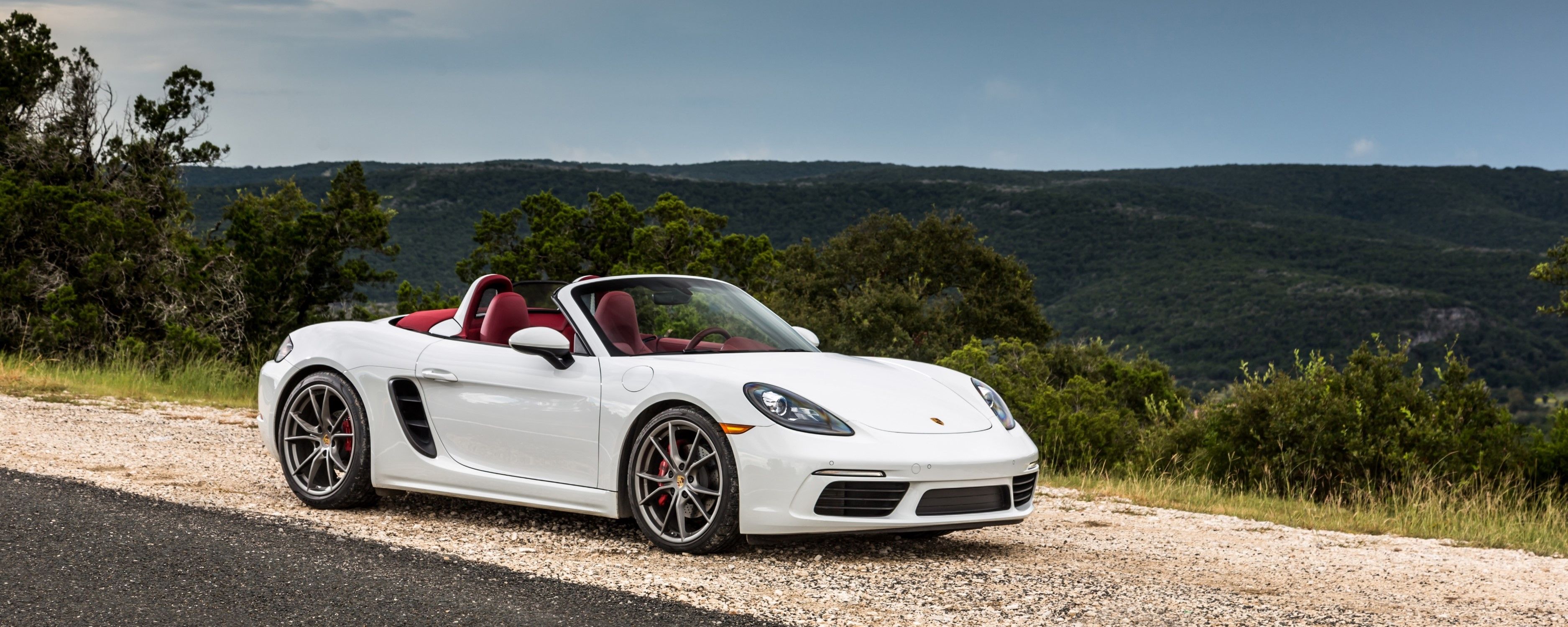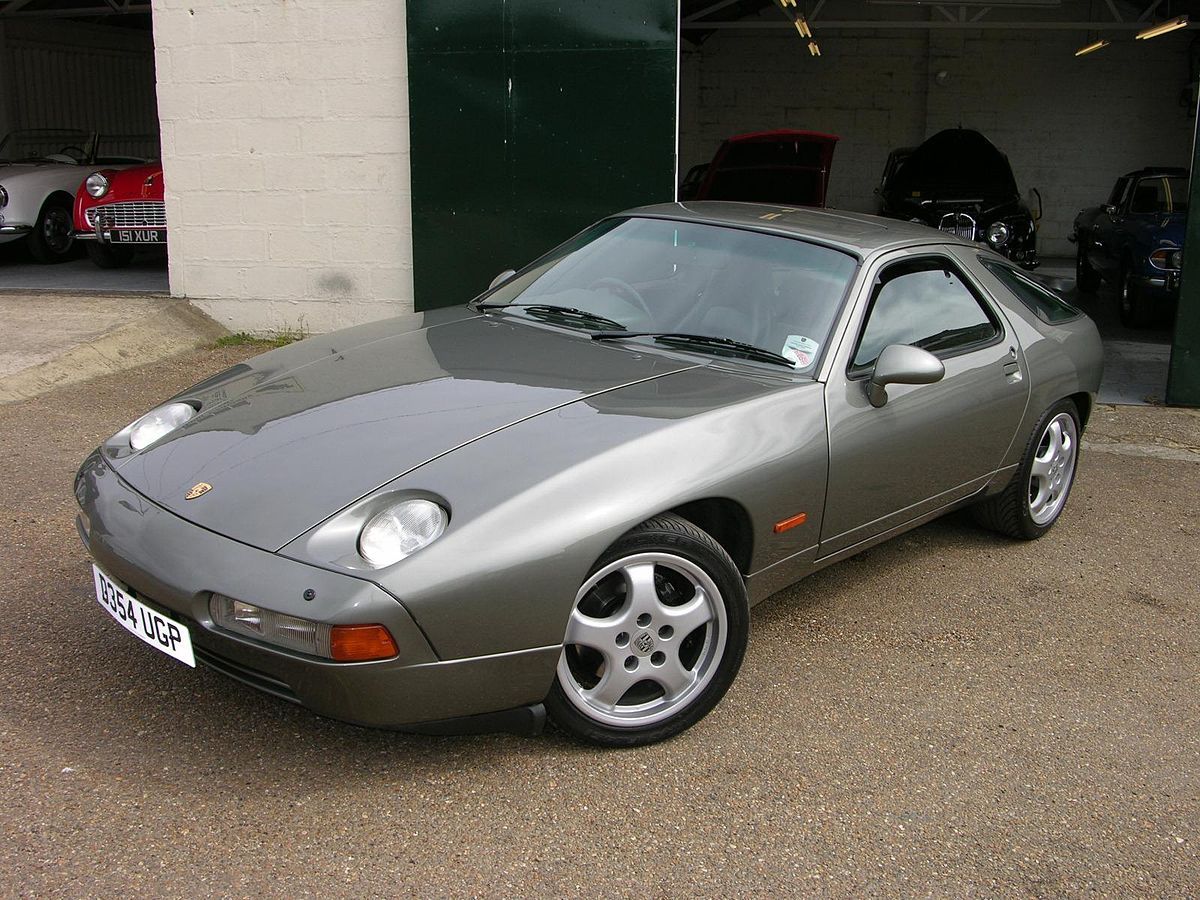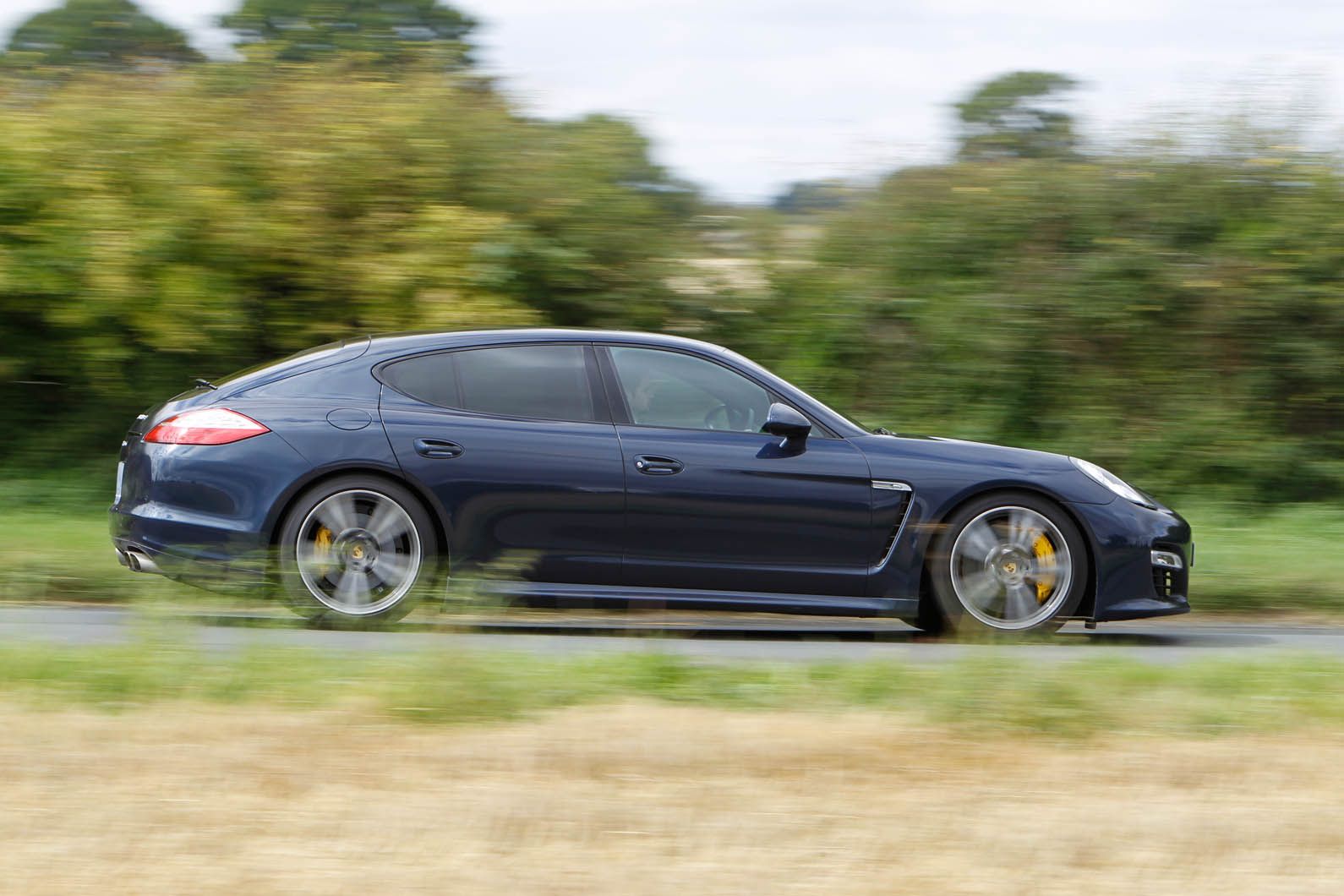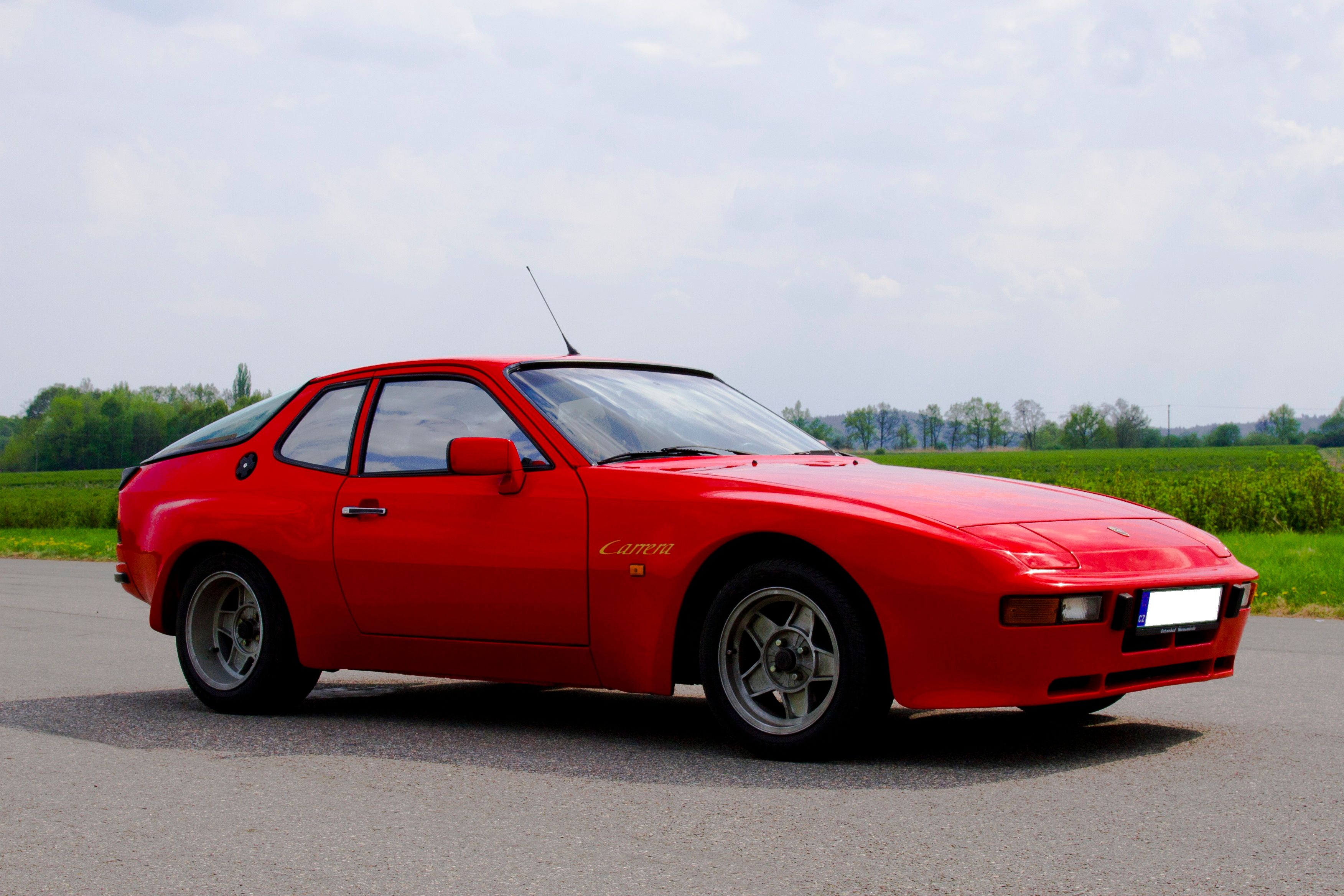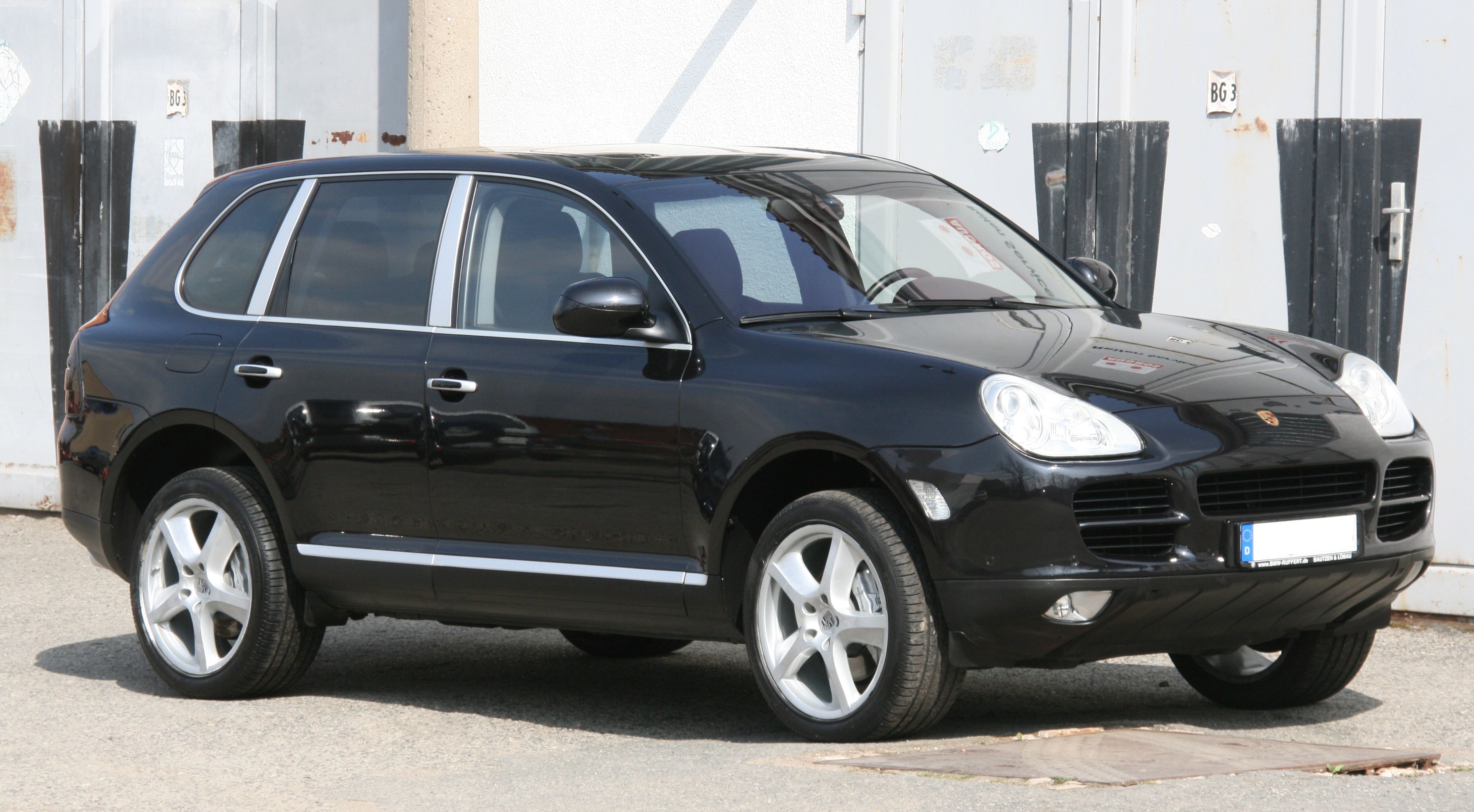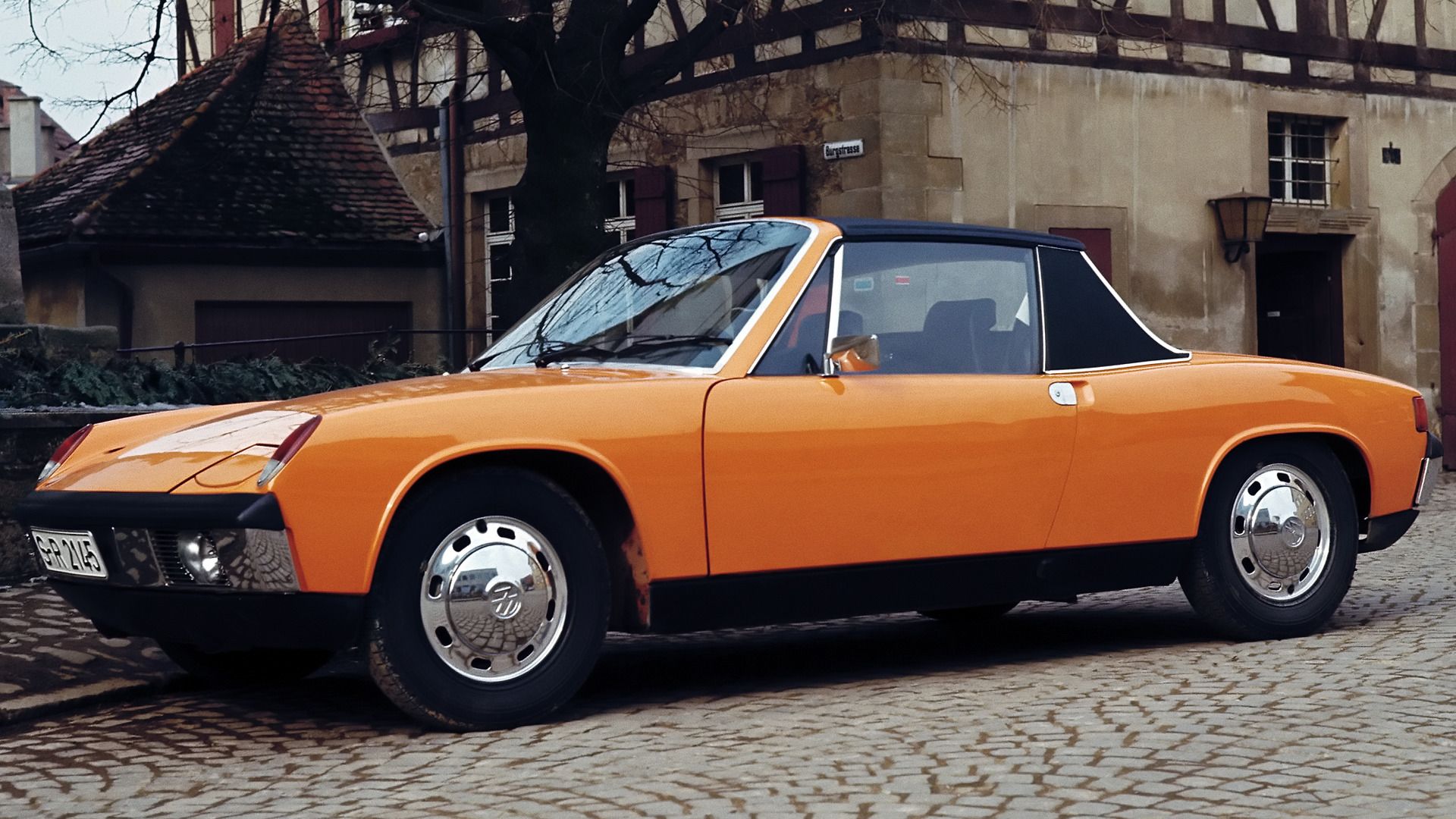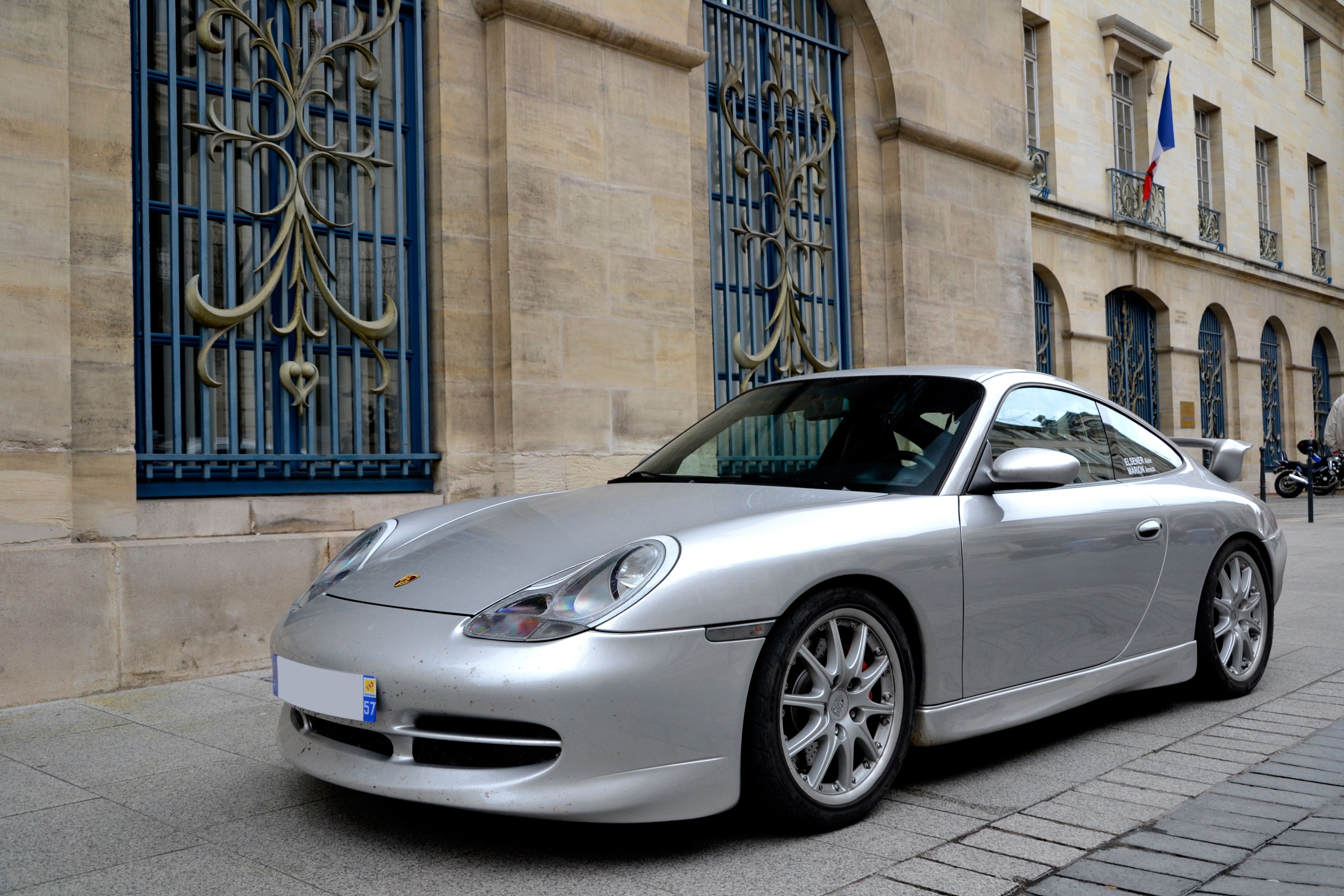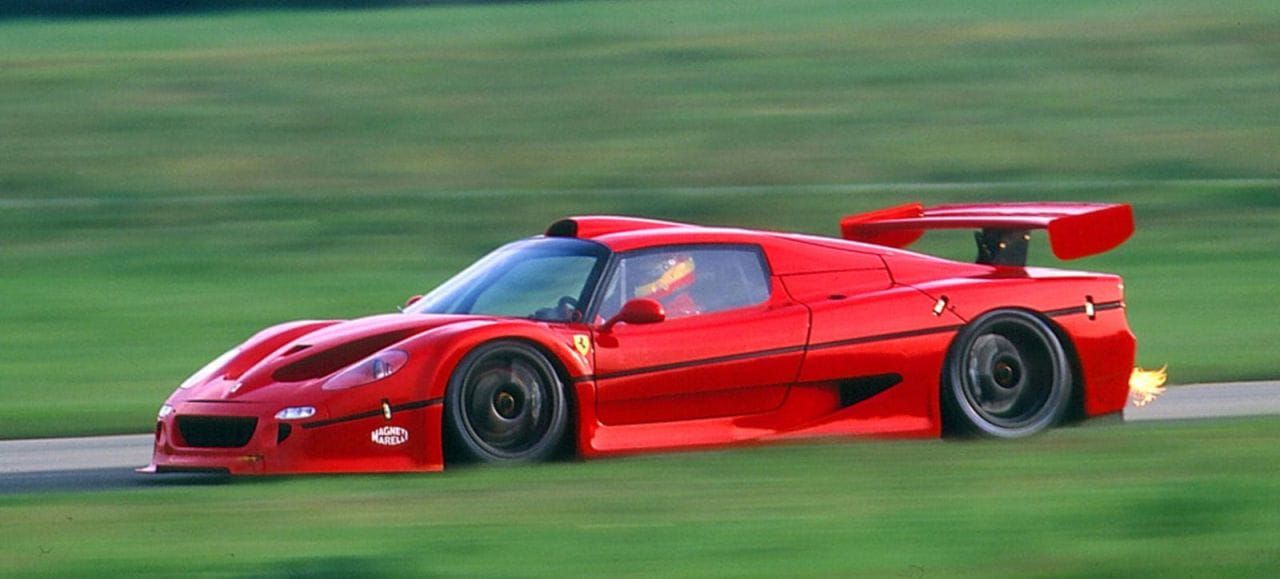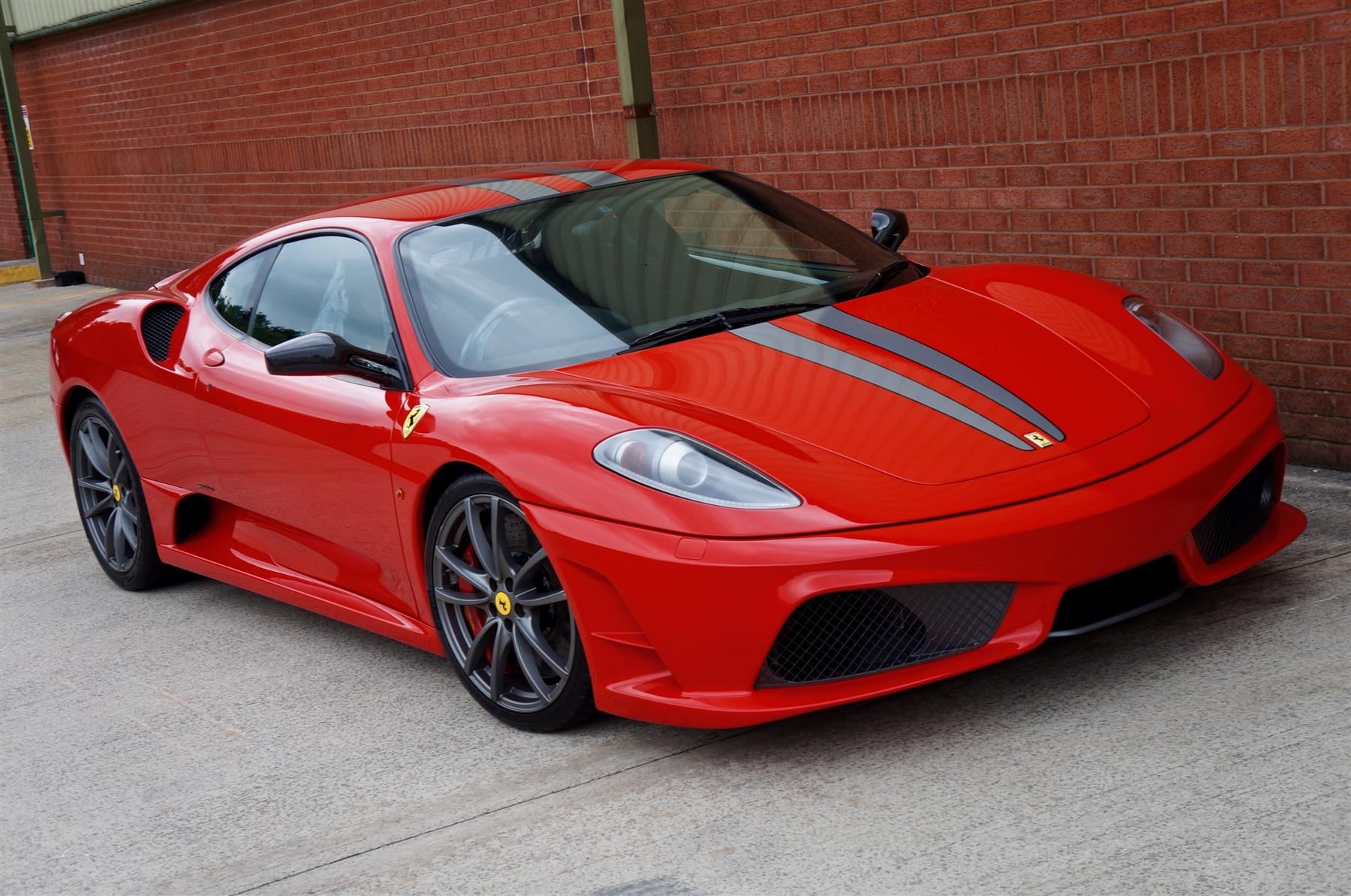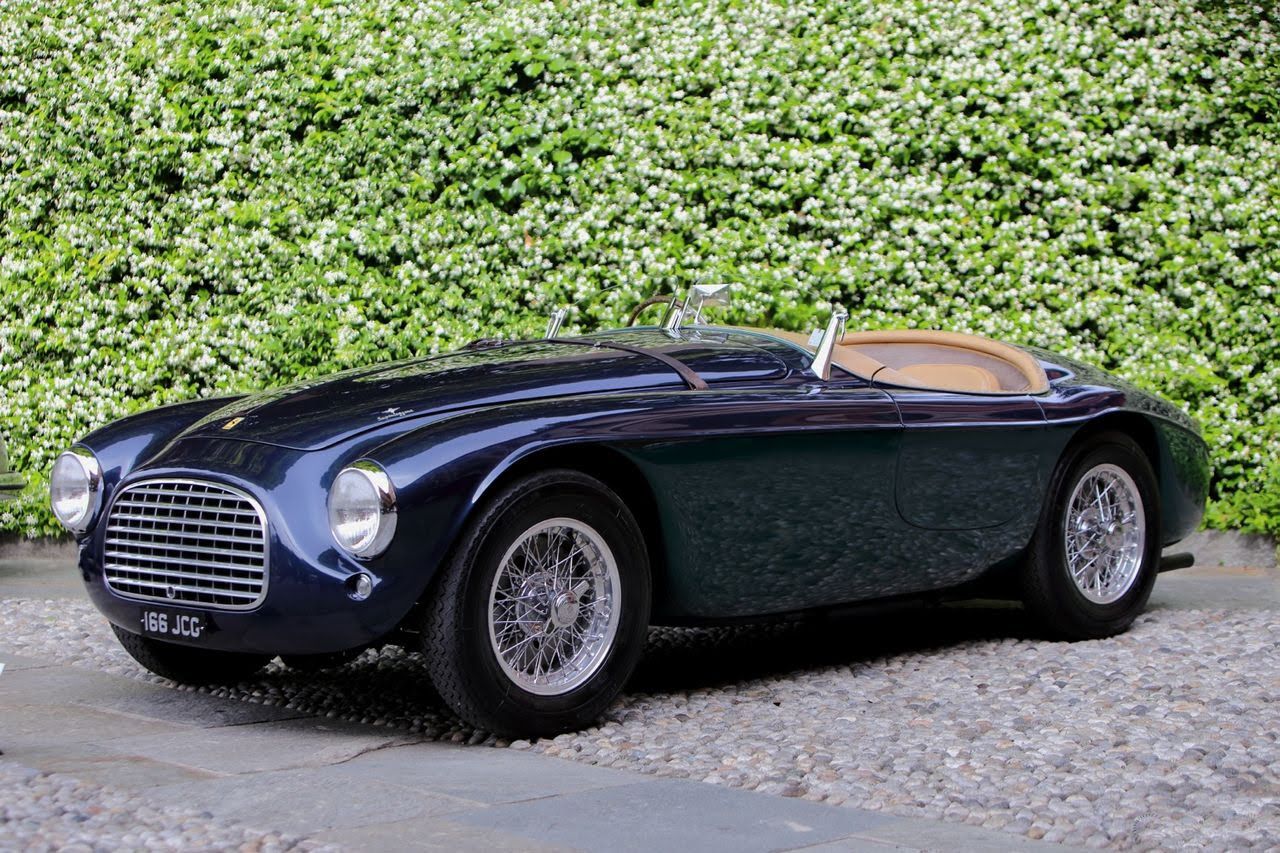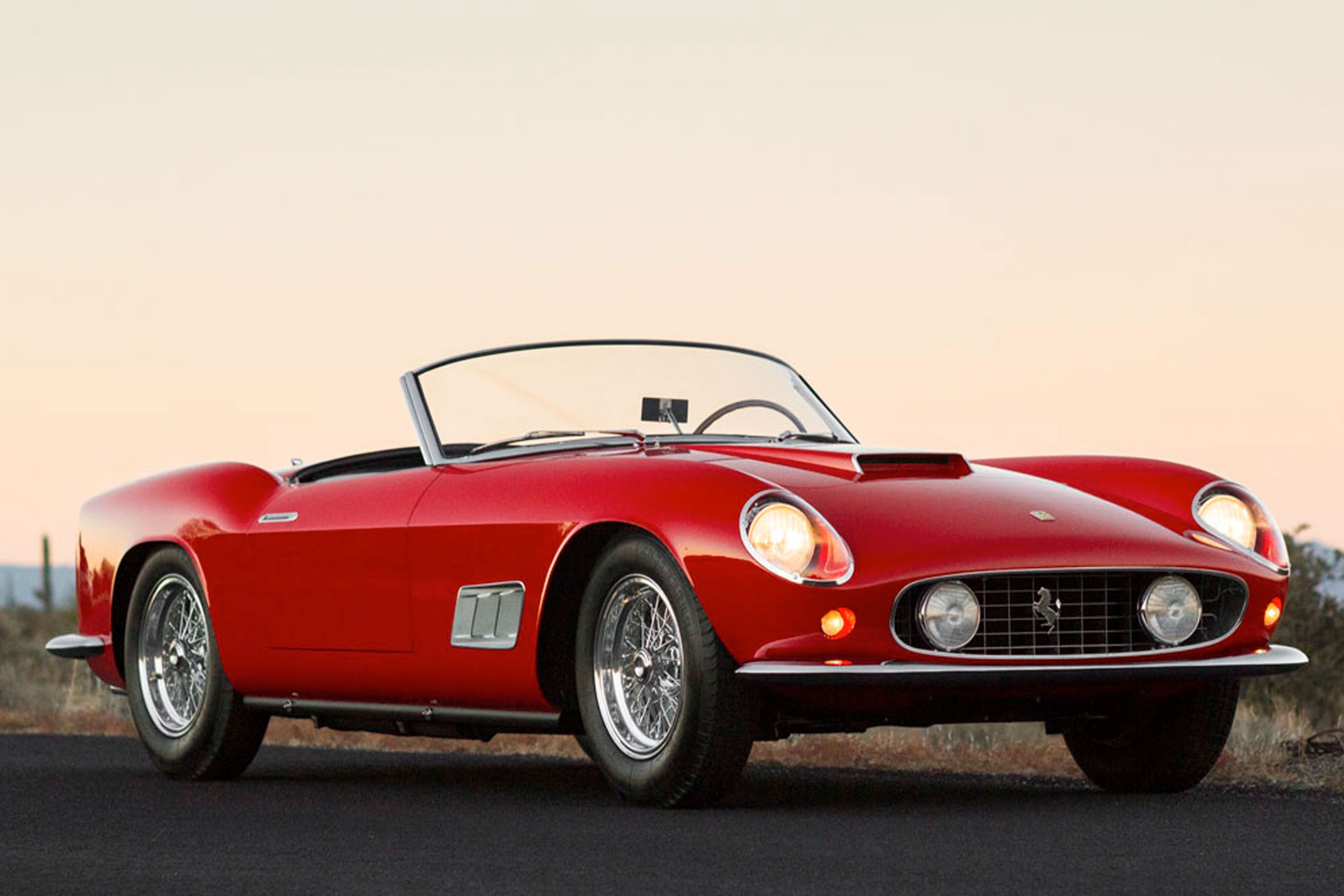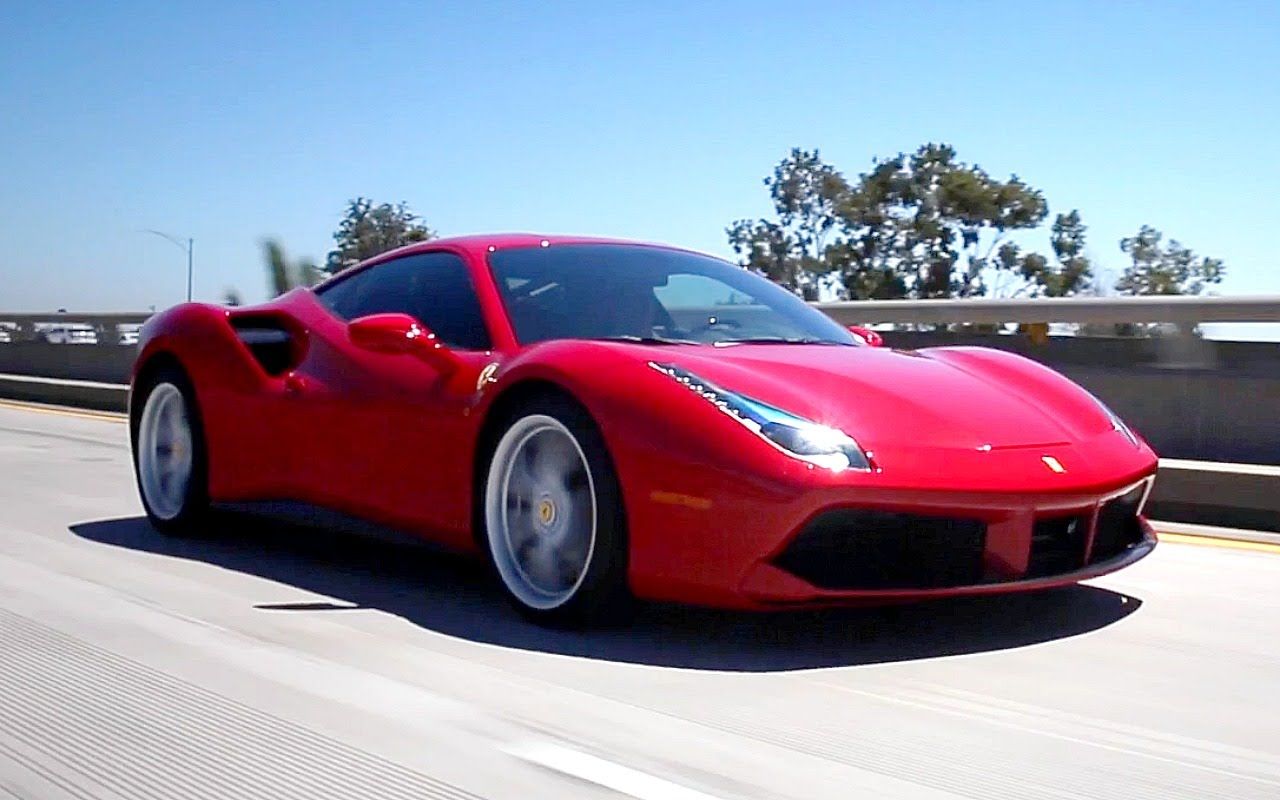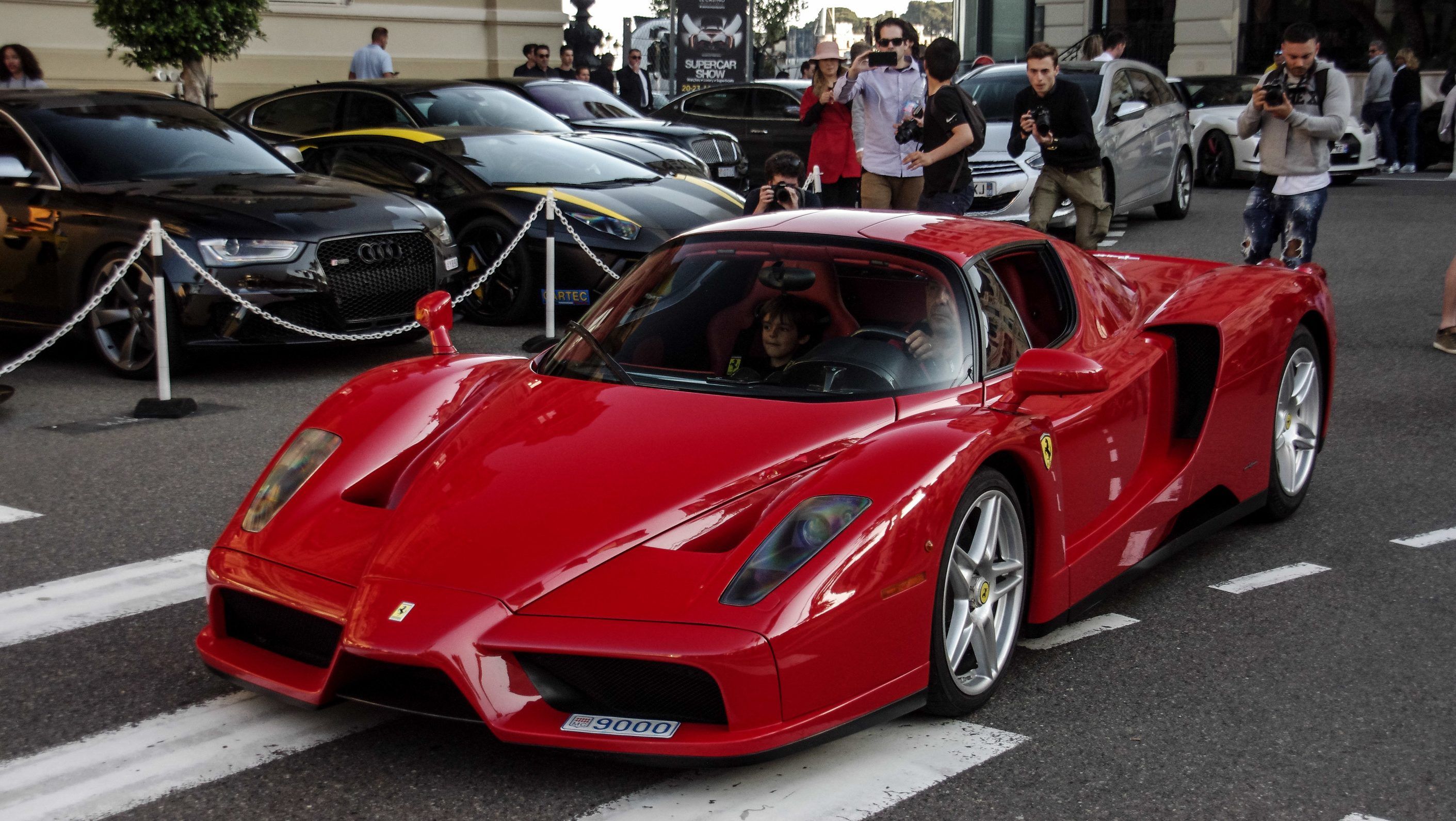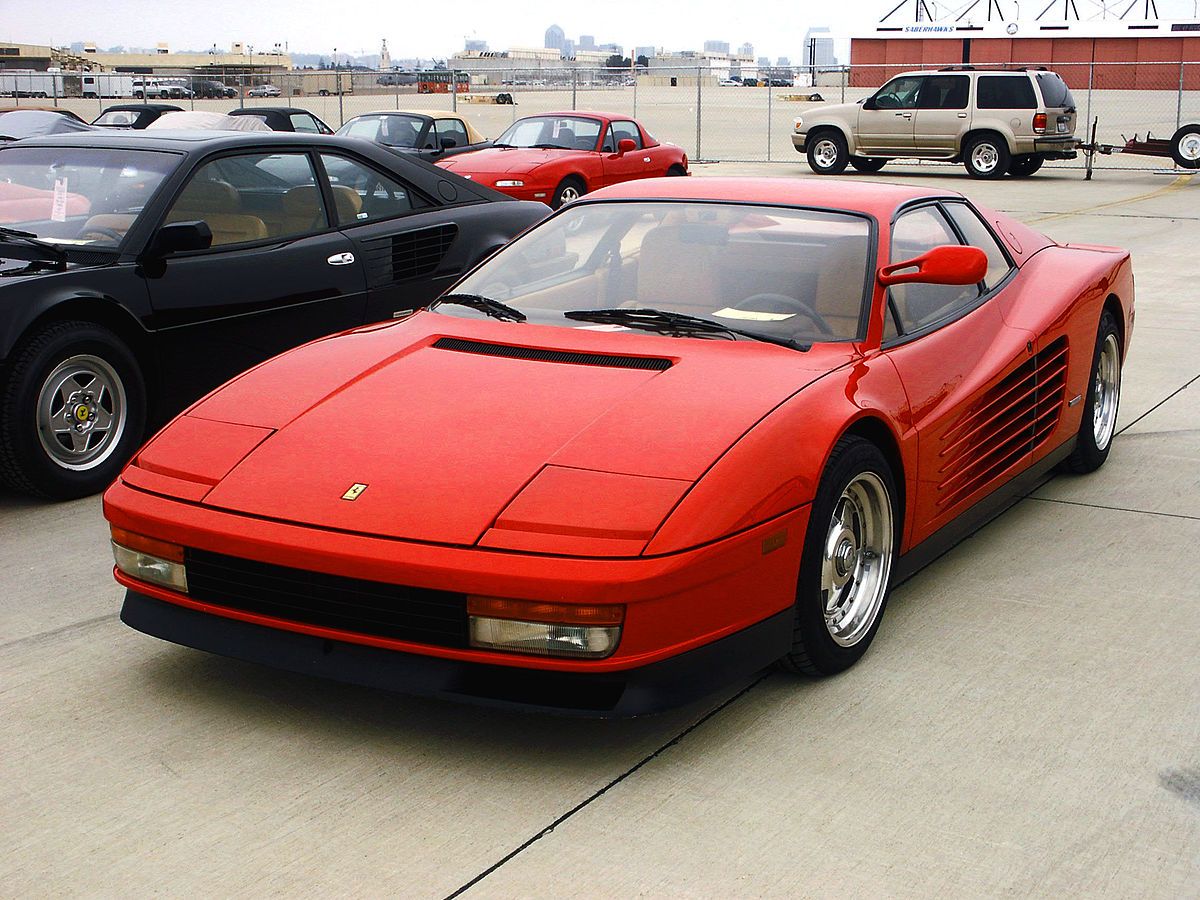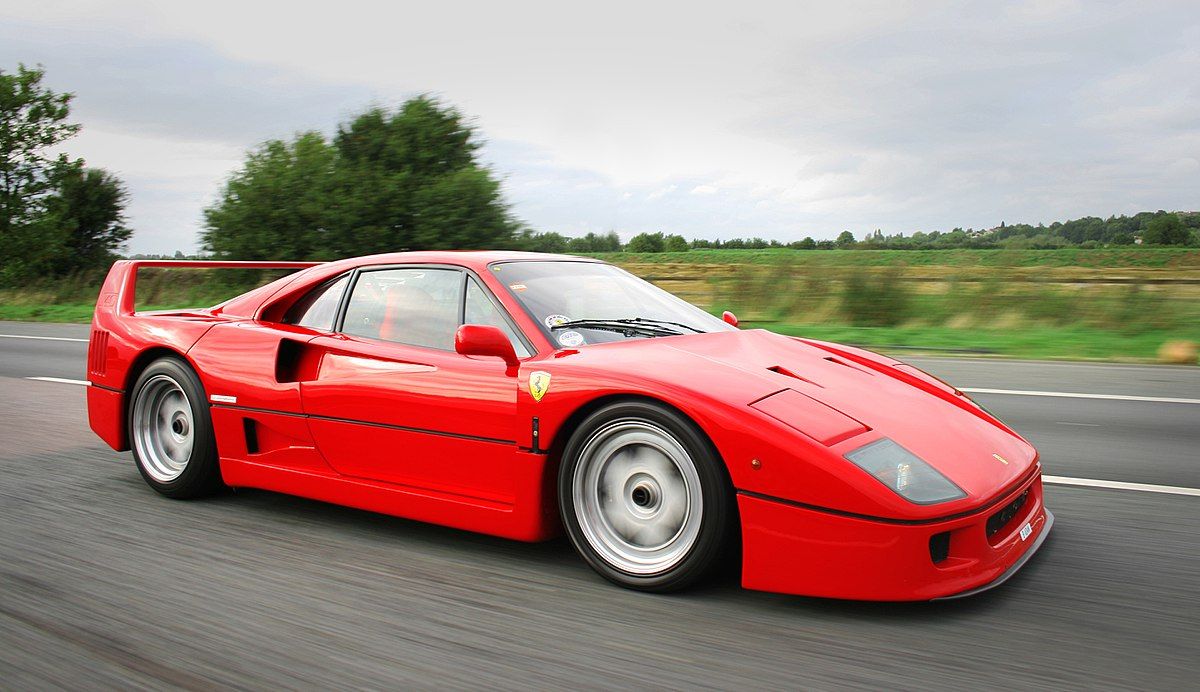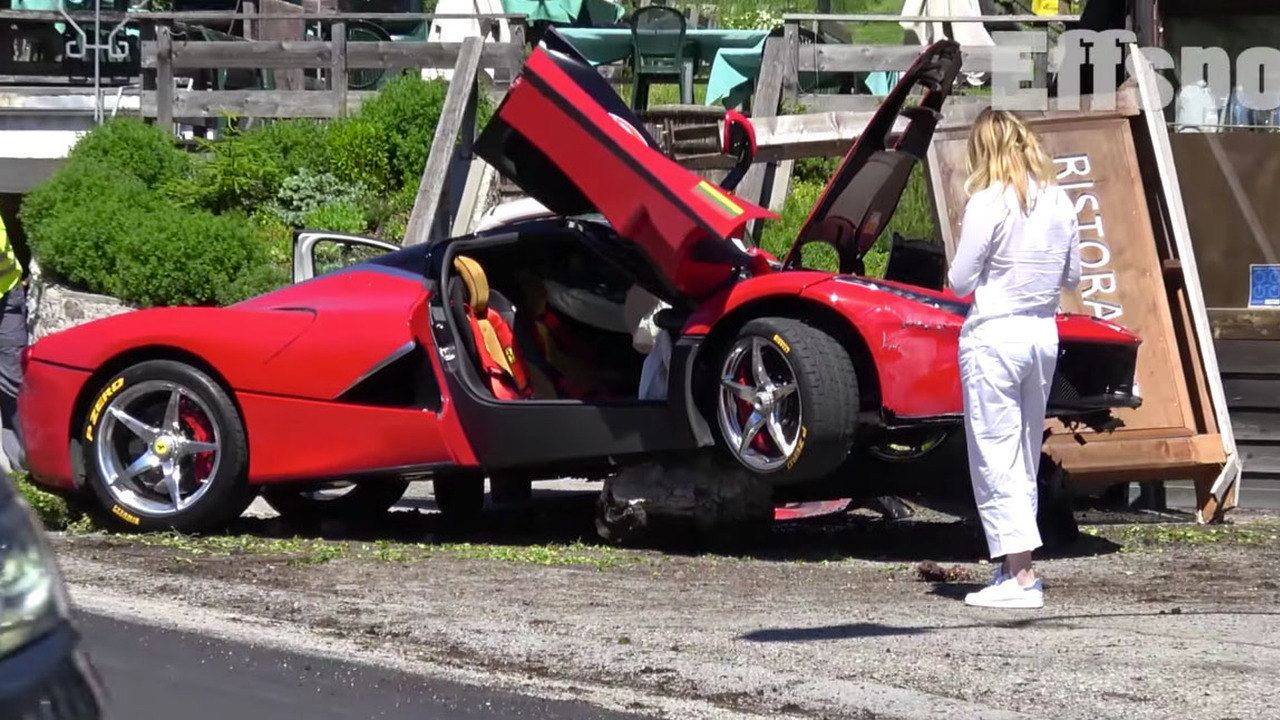There are few supercar brands that are as well-established and popular as Ferrari and Porsche. Both companies make excellent cars that are masterpieces of both design and engineering. Therefore, debating which one is better is as pointless as debating which Marvel superhero is the best, in the end, it all boils down to personal preferences and priorities. Ferrari started to make road-going cars after years of building successful racing cars. On the other hand, Porsche started as a car development company and one of its first projects was the Volkswagen Beetle, which became one of the most iconic car designs in history.
Over the years, both Ferrari and Porsche have evolved substantially and became leading sportscar makers. Porsche has also ventured into more practical vehicles, such as the Panamera, the Macan, and the Cayenne, carrying its excellent engineering and a knack for building fast and luxurious cars into new market segments. On the other hand, Ferrari remained true to its legacy by building mostly supercars, a lot of which come with naturally-aspirated V12 engines, although it is planning to release an SUV next year.
In compiling a list of best Ferraris and worst Porsches, we encountered a couple of difficulties when trying to pick which Ferraris from the car's long history can be considered the best and which Porsches can be considered the worst, because, despite some flaws in certain car models, they were still pretty decent cars that had their fair share of popularity among drivers.
20 Porsche Carrera GT (980)
The Porsche Carrera GT, also known by its project code 980, was an interesting car for its age. It was hugely expensive at $450,000 when it was sold between 2004 and 2007.
According to evo.co.uk, it was built entirely from carbon fiber and powered by a 5.7-liter V10 that could reach a speed of over 200 mph.
However, despite all this power, Porsche somehow didn’t fit an electronic stability control, which meant that the car was pretty difficult to handle. This and other flaws of the car came to light when renowned actor Paul Walker died in a crash in his 2005 Carrera GT. According to people.com, in the wrongful death lawsuit filed by Walker’s daughter against Porsche, it was alleged that the Carrera GT also had improperly designed seatbelt anchors, which trapped Walker inside the burning car after the crash, as well as the rubber fuel lines and fuel tank weren’t built properly, which caused the fire.
19 Porsche 986
Porsche 996 was first unveiled at the Detroit Motor Show in 1993 as a concept and went into production in 1996, according to honestjohn.co.uk. It was Porsche’s attempt to enter a cheaper market segment and to compete with cheap popular roadster like the Mazda MX-5 and also to compete with its peers in the premium market, like the Mercedes SLK and the BMW Z3.
The original Boxster was powered by a 2.5-liter engine that developed 202 hp. However, similar to its bigger brother, the 911, the Porsche Boxster 986 had its fair share of flaws that Porsche fans didn’t like, such as the fact that the engine was water-cooled and the weird shape of the headlights.
18 Beutler Porsche 1600
You might notice that this car doesn’t really look like a Porsche and you are right because it’s not technically a Porsche. According to supercars.net, the Porsche 1600 Beutler Coupe was built in Switzerland by a company called Beutler Brothers, who used a VW platform and Porsche parts such as the brakes, the engine, and, obviously, the brand.
According to Jalopnik, underneath the four-seater Porsche 1600 is a Porsche 356.
Porsche reportedly liked the idea of a four-seater 356, so they wanted to continue collaboration with Beutler, but asked the Swiss company to change the design to make it look more like the 356 and sell them through Porsche dealerships. Beutler didn’t want to do that, so the partnership broke down. In the end, the Porsche 1600 might be a 356 underneath, but it looks more like a VW Karmann Ghia or a Volvo P1800.
17 Porsche 718 (Boxster/Cayman)
The Porsche 718 Boxster and convertible Cayman version are the latest entry offering in the Porsche line-up, with prices starting at around $60,000, according to Jalopnik. It’s a great-looking car that’s excellent to drive, but there’s a big “but”.
For the new Cayman and Boxster, Porsche decided to reduce the size of the engine and instead of the traditional flat-six, they went for a 2.0-liter flat-four with a turbocharger, which delivers 296 bhp.
According to Top Gear, the smaller engine worsens slightly the experience of driving the new Boxster and the noise gives away the fact that the engine has only four-cylinder and a turbocharger. Other than that, it’s still a brilliant little car for those looking for a two-seater coupe or convertible.
16 Porsche 928
The Porsche 928 was made between 1978 and 1995 and was originally intended to replace the 911, but it was also everything that a 911 wasn’t supposed to be. Instead of a rear-mounted flat-six engine, Porsche for went for a V8 mounted at the front.
According to hagerty.com, Porsche initially planned to fit the 928 with a 5.0-liter engine, but then went for the 4.5-liter to lower cost. It also had rear seats. So, in the end, the Porsche 928 was something between a GT car and a European muscle car. Even though its production ran for 17 years, it didn’t sell too well and was in the end discontinued, when Porsche had some economic issues and had to consolidate its production.
15 Porsche Panamera
When Porsche introduced the first Panamera in 2009, it wasn’t really a surprise move, for two reasons. Porsche had already experimented with sedans in the 1980s when they built the 989 concept, which basically looked like a 911 that was stretched and had two more doors added. Second, Porsche had already shown that they are not afraid to venture into new markets when they released the Cayenne.
The Panamera received a lot of flak from purists, but it ended up to be one of the most popular models ever sold, helped a lot by the Chinese market, which is known for its preference for a wide back seat.
However, if we leave all this aside, we have to admit, that the first Panamera was ugly. The redesigned models look a lot nicer and worthy of one of the top spots among the luxury fast saloons.
14 Porsche 924
The Porsche 924 was an entry-level Porsche that was launched in 1976. What made it entry level, was the fact that it wasn’t supposed to be a Porsche. According to evo.co.uk, the 924 was developed as a flagship sports coupe for Volkswagen and it was initially intended to have a VW engine that was modified by Porsche.
In the end, VW went on with their own project and developed the Scirocco, while the Porsche bought back the 924 and released it as a replacement for the 914. The Porsche 924 came with a 2-liter four-cylinder engine developing 123 bhp and mounted at the front, rear wheel drive, and a four-speed gearbox, which was later replaced by a five-speed.
13 Porsche Cayenne (1st Gen)
The SUV market is one of the fastest growing in the world and, lately, we have seen many sports car makers releasing their versions. The Lamborghini has just announced the Urus, Ferrari is on its way and so is Aston Martin. Fast SUVs are dumb and the fact that there are so many of them is Porsche’s fault because they were the first one with the Cayenne in 2002 and other companies saw how well it sold and decided to build their own.
In my opinion, it’s pointless to put so much power and speed in a car that has the word “utility” in its name, but the reality is that people want these cars and are willing to spend an arm and a leg for them.
At least, Porsche upgraded the design of the Cayenne and the other makers also look nice.
12 Porsche 914
The Porsche 914 is often quoted as one of the worst sports cars. According to motor1.com, it was produced between 1969 and 1976 with around 119,000 vehicles sold in this timespan. The 914 was pretty cheap, it cost just $3,500, which is around $16,000 in today’s money and you will have to look hard to find a two-seater convertible sports car at this price nowadays, let alone a Porsche. However, there are a lot of things wrong with it, the main of which is that it’s not entirely a Porsche.
If you take a closer look at the wheels of the car in the picture, you will notice the familiar VW badge. That’s because the 914 was actually developed by both Volkswagen and Porsche and the most popular models came with a VW Type 4 engine that developed a measly 80 hp. In addition, Porsche and VW reached an agreement to sell the 914 with both Volkswagen and Porsche badges and why would you buy a Porsche that can as easily be passed as a VW? Nevertheless, the 914 still had its fair share of fans.
11 Porsche 996
One good thing that came out of the “badness” of the 996 model of the 911 that was produced between 1997 and 2005 is that people that don’t have a lot of money can buy a 911.
On cars.com, there are many offers of used Porsche 996 at less than $20K. But why is it so underappreciated? Well, the ugly egg-shaped headlights didn’t help.
Then there’s also the fact that the 996 was the first 911 to come with a water-cooled engine. In addition, according to roadandtrack.com, the engine had a number of flaws, such as the high probability of shaft bearing failure and leaks at the rear main seal.
10 Ferrari GTC4Lusso
The Ferrari GTC4Lusso replaced the FF and is currently the most practical Ferrari you can buy until the SUV goes into production. Initially, the GTC4Lusso came only with all-wheel drive and a naturally-aspirated 6.3-liter V12, but later Ferrari also introduced a 3.9-liter turbocharged V8 version with rear-wheel drive only, which made it more affordable, but not much less powerful.
According to autocar.co.uk, the V12 version of the GTC4Lusso produced 680 bhp, while the V8 generated 602 bhp, which was enough to get from 0 to 62 mph in 3.5 seconds, which is one-tenth of a second more than the V12. It also has four seats, though the rear seats are best-suited for children and it has a boot that can actually carry stuff.
9 Ferrari F50
The Ferrari F50 was a pretty rare car made between 1995 and 1997, with just 349 units built, according to Jalopnik. Designed by Pininfarina, the F50 packed a lot of technology that Ferrari had fitted to its 1990 641 F1 car.
The F50 had a 4.7-liter V12 engine that could generate 520 horses, according to carmagazine.co.uk.
The huge amount of power combined with aerodynamics and a body made from carbonfiber and Kevlar, allowed the F50 to go from 0 to 60 mph in 3.7 seconds and had a top speed of 202 mph. According to roadandtrack.com, in 2016, a Ferrari F50 went on an auction in Paris at around $1.60 million.
8 Ferrari F430
The Ferrari F430 was built between 2004 and 2009 and was one of the most popular Ferraris ever sold. Powered by a 4.3-liter V8 that developed 480 bhp, the F430 came with a starting price of $197,334, according to cigaraficionado.com, with an F1 transmission available as an optional extra for $10,000.
In 2007, Ferrari also upgraded the F430 by adding 20 more horses, reducing weight by 220 lbs to 2975 lbs, and fitting it with more F1 technology, giving birth to the F430 Scuderia. The name alone says something because Scuderia is the name of Ferrari’s Formula 1 team.
7 Ferrari 166MM Barchetta
The Ferrari 166MM Barchetta is a gorgeous-looking thing. Even “Barchetta” in the name sounds pretty, even though it simply means “little boat” and is a name used by Italian carmakers for two-seater sports cars.
The 166MM was built between 1948 and 1950 and represented an upgraded version of the 166 Sport launched in celebration of Ferrari’s success at the 1948 Mille Miglia, according to supercars.net. The body of the 166 MM Barchetta was produced by Milan’s coachbuilder Carrozzeria Touring, which used their Superleggera technique for building light cars. Underneath it had a 2.0-liter V12 engine that could deliver 140 bhp.
6 Ferrari 250 GTO
The Ferrari 250 GTO is one of the most desirable cars ever. According to fcauthority.com, only 39 cars were built between 1962 and 1964 and each vehicle is unique in its own way. That’s because the body of almost every vehicle was built by hand by none other than Sergio Scaglietti, who hammered each panel over a mold.
The 250 GTO was powered by a 3.0-liter V12 engine that developed 300 bhp.
Earlier this year, a 1963 Ferrari 250 GTO was sold at an auction for $70 million, according to Top Gear, which makes it the most expensive car ever sold at an auction.
5 Ferrari 488 GTB
Ferrari’s signature model in the last couple of decades have been its mid-engined supercars. The 360, the F430, the 458 all were among the company’s best-selling models and among the best in their class. The latest iteration of the mid-engined supercar, the 488 continued to build on this multi-decade legacy and is a brilliant car in every sense.
To give it more power, Ferrari fitted the 488 GTB with the traditional V8, but turbocharged, something Ferrari doesn’t do very often. The end result was that the 3.9-liter twin-turbo can deliver 670 hp and 560 pound-feet of torque, according to motor1.com.
The power takes the 488 GTB from standstill to 60 mph in just 3.0 seconds and allows it to reach a top speed of 205 mph.
4 Ferrari Enzo
In a similar way that it had previously done with the F40 and the F50, in the early 2000s, Ferrari released its flagship supercar, which showcased its latest and most advanced technology, a lot of it borrowed from Formula One.
However, because the car was so great, Ferrari decided to name it after the company’s founder, Enzo Ferrari, rather than the more traditional F60. For designing the Enzo, Pininfarina, which had also worked on the F40 and the F50, took more inspiration from Formula One cars, which explains the slightly sharp pointy nose. According to topspeed.com, Ferrari couldn’t borrow a Formula One engine for the Enzo, because F1 cars had switched to V10 and Ferrari needed a V12, so they built one from scratch. The 6.0-liter V12 in the Enzo had 651 hp and 485 pound-feet of torque, which resulted in a 0 to 60 mph time of 3.14 seconds and a top speed of 221 mph.
3 Ferrari Testarossa
Released in 1984, the Ferrari Testarossa quickly became the iconic supercar of the 1980s due to its bold Pininfarina design that included the striking side air intakes. The side air intakes, while providing the very important role of channeling air, made such a big impression on style that you can find other cars retrofitted with similar elements (one common example is the Pontiac Firebird).
The flagship supercar of the prancing horse brand was initially powered by a 4.9-liter flat-12 engine that developed 390 bhp, but in 1992 was upgraded to 428 bhp and the 1994 model came with 440 bhp and marked the last flat-12 engine that Ferrari used.
2 Ferrari F40
We have mentioned the Ferrari F40 a couple of times when we discussed its successors, the F50, and the Ferrari Enzo. It was built to celebrate Ferrari’s 40th anniversary and it was the last Ferrari to be approved by Enzo Ferrari, who died in 1988, a year after the F40 was released.
According to Top Gear, the F40 was developed in a very short period of time, just 13 months.
While Pininfarina was designing the body, Ferrari was working on the chassis and the drivetrain. The end result was a light car that weighted just 2,400 pounds and underneath had a 2.9-liter turborcharged V8 that could deliver 478 bhp.
1 Ferrari LaFerrari
Obviously, we couldn’t put any other car at the top of the list of best Ferraris than the LaFerrari. The flagship hypercar of the Italian carmakers features a lot of the latest technology that Ferrari has to offer. It’s a hybrid, with a F1-derived system that includes its proprietary HY-KERS technology, which includes regenerative braking and increases the power output by the same amount that it adds on more weight (one horsepower per kilo), according to Top Gear.
In this way, the LaFerrari is powered by a 6.3-liter V12 that produces 800 hp and has an electric motor that generates an additional 150 hp, resulting in a total of 950 hp. There were only 499 LaFerraris built, but what’s more important is that the LaFerrari showcases the company’s technology that we are likely to see in other cars in the near future. And that’s exciting.
Sources: topgear.com, jalopnik.com, motor1.com, autocar.co.uk, people.com

